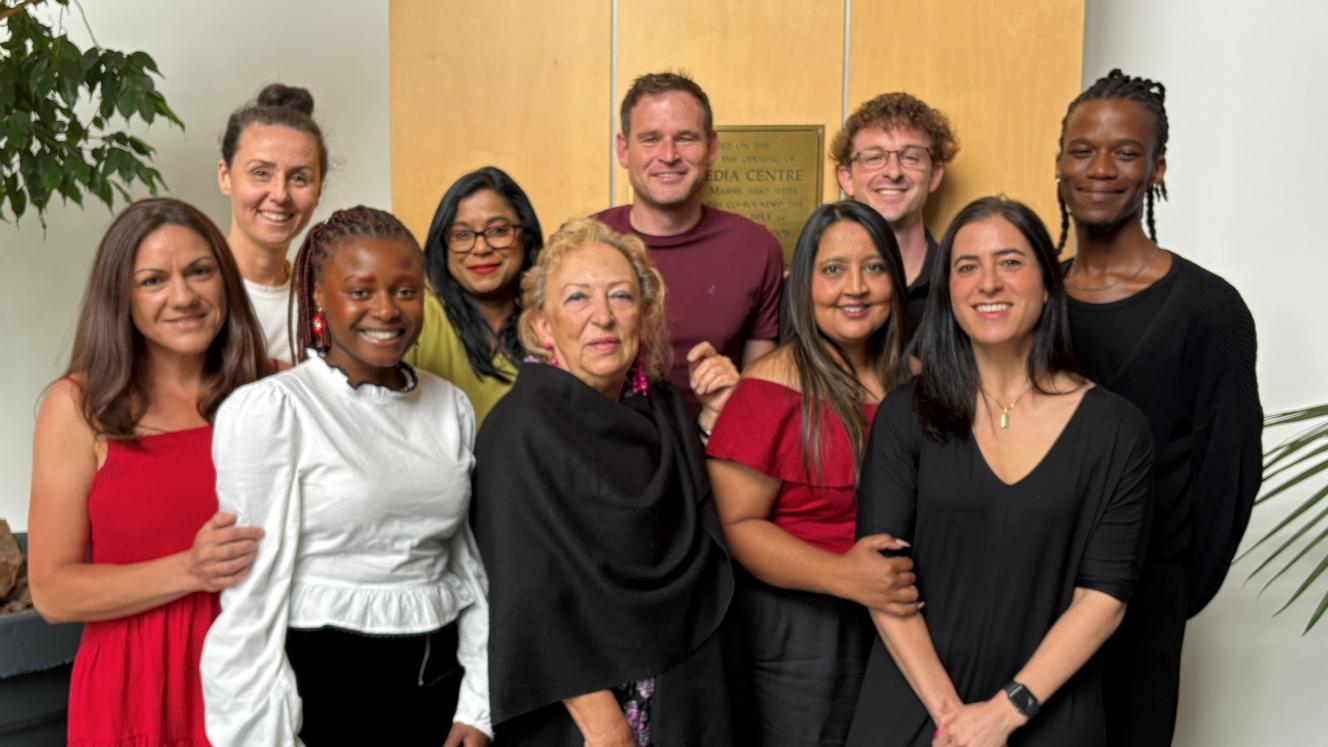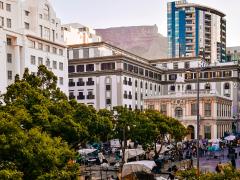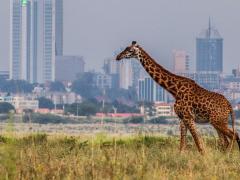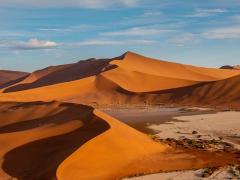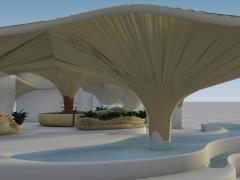The development of new eco-tourism activities will mark the next phase in the evolution of Mozambique’s Maputo National Park, which has undergone a remarkable transformation – from a landscape devoid of wildlife to one of Southern Africa’s newest natural UNESCO World Heritage Sites.
Situated on a stretch of coastline in southern Mozambique, Maputo National Park was inscribed as an extension of South Africa’s iSimangaliso Wetland Park UNESCO World Heritage Site in July.
Under a 15-year co-management agreement between Peace Parks Foundation and Mozambique’s National Administration for Conservation Areas, the park has rewilded numerous animal species and seen the emergence of accommodations ranging from camp sites to five-star lodges such as Anvil Bay and Montebello Milibangalala.
The latest wildlife census, conducted in 2024, counted over 15 000 animals including elephant, buffalo, zebra and wildebeest. The park’s 104 000 hectare landscape encompasses grasslands, freshwater lakes and a secluded 100km stretch of coastline.
“Once wildlife and marine life began to flourish, interest from the private sector grew. Today, three tourist lodges are operational, ranging from two to five stars, and a variety of exclusive camp sites have been opened,” said Peace Parks Foundation CEO Werner Myburgh.
Untapped potential
In 2024, just under 20 000 tourists visited Maputo National Park, generating over US$362 944 in revenue.
Sean Wookey, Camp Manager of the 80-bed, Peace Parks Foundation-funded Ponta Membene Lodge – opened in 2024 – said the park has barely scratched the surface of its potential as an eco-tourism destination.
“It’s great to have the World Heritage Site recognition because it’s an amazing place, super under-rated and with all these different ecosystems. This is going to help people realise this is not just your run-of-the-mill park,” said Wookey.
With the park extending up the Machangulo Peninsula to Inhaca Island – a better-known tourist destination – Wookey said the vision is to create a southern Mozambique circuit.
“Our idea is to connect up the whole of southern Mozambique and give it its own identity as a destination,” said Wookey. The area is within easy reach of the South African border post and is unaffected by some of the challenges experienced elsewhere in the country, he added.
Wookey said, aside from ongoing conservation work, investment is being placed into the development of new tourist activities that will complement the existing game drives and diving opportunities.
“We’re looking at introducing boat cruises on the lakes and will be doing turtle safaris on the beach. We’re working hard on establishing an e-biking route that stretches up the peninsula to Santa Maria.”
Ponta Membene also recently opened a conference centre, increasing the park’s attractiveness to MICE travellers.
Natalie Tenzer-Silva, Director of Mozambique operator Dana Tours, said she is marketing the park more fervently among international travellers.
“We do believe it’s a world-class bush and beach destination that lends itself to fantastic tour packages – a few nights in the national park and then a few nights at the coast,” said Tenzer-Silva.
“People don’t generally realise the distances it takes to get around Mozambique so the fact that Maputo National Park is so easily accessible, via a less than three hours’ drive from Maputo, makes it highly appealing,” she added.
Peace Parks Foundation is now focused on improving accessibility by upgrading roads in the park while continuing its conservation and community upliftment work.
“We continue to invest in tourism and other income-generating activities to help the park become fully self-sustaining,” said Myburgh, pointing out that the park needs US$2 million revenue annually to reach this target.
“We’re incredibly proud of this World Heritage Site recognition and excited about the next chapter on this journey,” Myburgh added.

